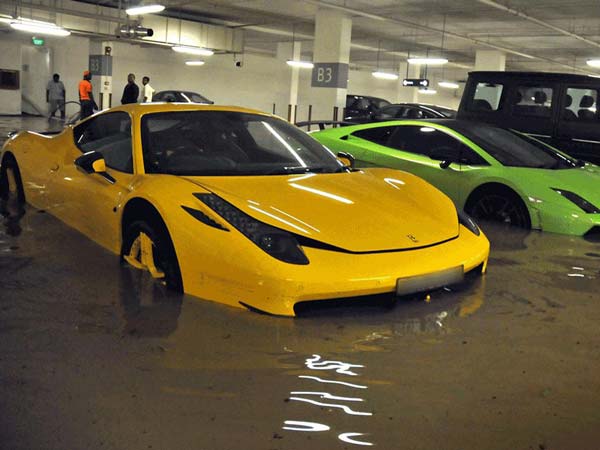Latest News
-
 Mahindra 3XO SUV Latest Teaser Reveals Connected Car Tech: All Details Here
Mahindra 3XO SUV Latest Teaser Reveals Connected Car Tech: All Details Here -
 Aprilia Tuareg 660 Launched In India At Rs 18.85 Lakh – New Features & More
Aprilia Tuareg 660 Launched In India At Rs 18.85 Lakh – New Features & More -
 ISRO Innovates with Lightweight Carbon Nozzle to Boost Rocket Efficiency
ISRO Innovates with Lightweight Carbon Nozzle to Boost Rocket Efficiency -
 Exploring Iceland By Car: 8 Unforgettable Routes Through The Land of Fire and Ice
Exploring Iceland By Car: 8 Unforgettable Routes Through The Land of Fire and Ice -
 India Sets Sights on Domestic Bullet Train Production, Aiming for High-Speed Revolution
India Sets Sights on Domestic Bullet Train Production, Aiming for High-Speed Revolution -
 Traffic Incoming! Hebbal Flyover's Up-Ramp In Bengaluru Closed To Vehicles Except Two-Wheelers
Traffic Incoming! Hebbal Flyover's Up-Ramp In Bengaluru Closed To Vehicles Except Two-Wheelers -
 AC Schnitzer Boosted BMW X5 Is Powerful & Subtle At The Same Time
AC Schnitzer Boosted BMW X5 Is Powerful & Subtle At The Same Time -
 MG Gloster Sets New Standards With Zero Maintenance Ownership Experience Program
MG Gloster Sets New Standards With Zero Maintenance Ownership Experience Program -
 Yamaha Aerox 155 Version S Launched In India At Rs 1.51 Lakh
Yamaha Aerox 155 Version S Launched In India At Rs 1.51 Lakh -
 Suzuki Hayabusa 25th Anniversary Edition Launched In India At Rs 17.70 Lakh
Suzuki Hayabusa 25th Anniversary Edition Launched In India At Rs 17.70 Lakh
Monsoon Driving Tips: Learn About Hydrolocking And Driving In Water
Like blue suede shoes, most cars are not designed to handle excessive water. That's why driving carefully in the monsoon becomes all the more important, especially in today's day and age with all the electronics and built-in computers that form part of a modern car's build up.
We urge you to stay clear of water to as much an extent as possible this rainy season, because what looks shallow can actually be deep water that puts you at the risk of hydrolocking your engine, which can ruin it entirely.

1. What is hydrolocking?
Hydrolocking is an occurrence when water is drawn into the engine's combustion chamber and blocks the piston's stroke, since water cannot compress like the regular air-fuel mixture. This usually happens when you car enters a flooded road or other areas with deep water, and water gets drawn in through the open exhaust pipe.

2. How is it harmful for your engine?
Since the piston's stroke is blocked by the water, the piston has nowhere to move and you could end up with bent connecting rods, damaged cylinder heads and crankcases, or worse still, even crack the engine block. All never a joke to repair, and very, very expensive.

3. Is there any way to safeguard against hydrolocking?
As a rule, don't attempt to drive through water that is higher than the bottom of your doors, or you could end up in big trouble. If, however, you deem it safe to go through the water, slot the car into first gear, keep the clutch depressed just enough to partially engage gear, and drive slowly through the water. This is to keep the exhaust gases moving out of the tail pipe. If water gets sucked back in, it could enter the engine and render it useless.

4. Water has entered your car engine. Is there anything you can do?
Do not start the car until you have created an outlet for the water inside the engine. This is usually done by removing the spark plugs or the injectors. Once this is done, crank the car and it should start normally, and you will see water being expelled through the holes, albeit with the occasional misfire and possibly some unusual looking smoke that will be the result of the ‘new' mixture in the engine. After this, restore the plugs or injectors to their original position and get the car checked at a service centre.



 Click it and Unblock the Notifications
Click it and Unblock the Notifications
















